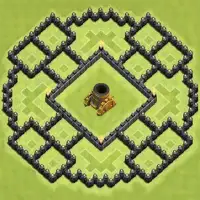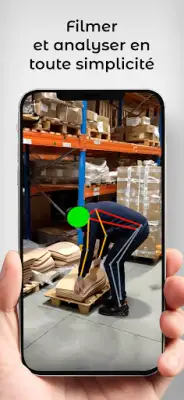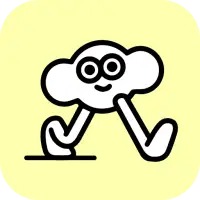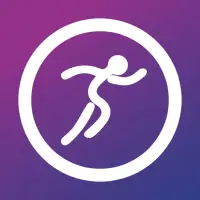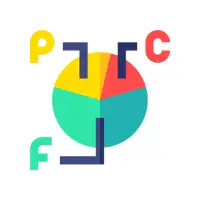Latest Version
2.1.4
August 15, 2025
ErgoSanté
Health & Fitness
Android
0
Free
com.ergosante.lea
Report a Problem
More About There Leah
léa is an application designed to automatically analyze human joints. It uses algorithms to detect and identify the different articulations present in an image or video. Thanks to this automatic identification, the manual observation task becomes faster and more precise, allowing users to obtain reliable results without additional effort.
One of the key features of Léa is the comparison of joint angles with the rula ergonomic standard (Rapid Upper Limb Assessment). This method helps to assess the comfort and safety of movements made by a person in their work environment. By measuring these angles, Léa provides an objective evaluation of the ergonomic risk, facilitating the implementation of corrective measures.
The main objective of Léa is to simplify the ergonomic analysis process for users. Instead of having to carry out complex manual assessments, they can trust the artificial intelligence integrated into the application. This makes it possible to obtain precise and rapid analyzes, while reducing the workload and increasing the reliability of the results.
Finally, Léa has been developed to be useful not only for its creators, but also for its users. The teams that use it find in it a practical tool that allows them to optimize ergonomic assessments and improve safety at their workplace. The application thus represents a new step towards a more efficient care of ergonomic risks.
Rate the App
User Reviews
Popular Apps







